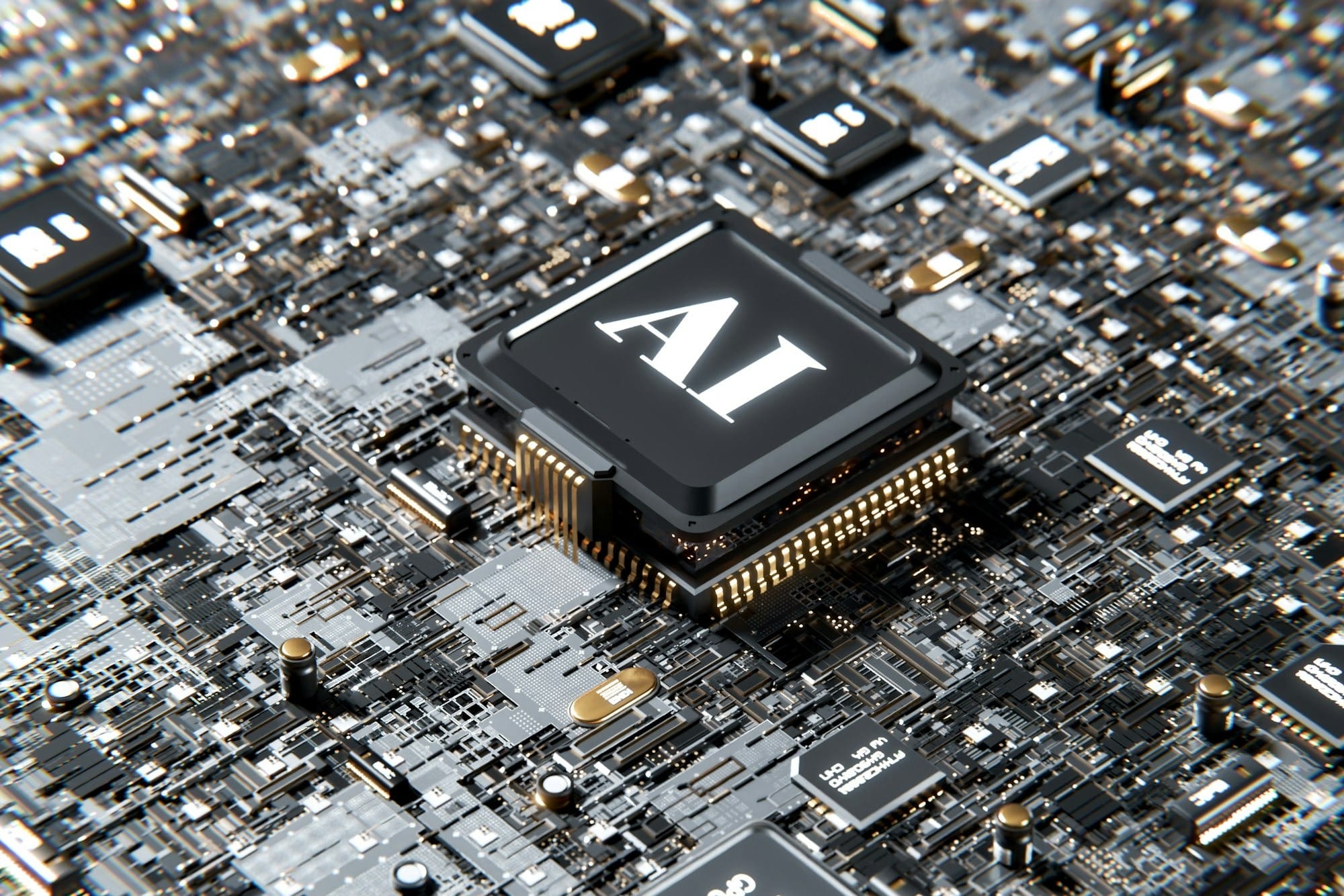WHAT IS: Reinforcement Learning
Reinforcement learning is a machine learning framework in which an AI agent learns by trial and error through interaction with an environment.

Reinforcement learning (RL) trains AI to make decisions by interacting with environments and learning from rewards over time. It’s built for dynamic, sequential problems like robotics, self-driving cars, and game strategy.
One of the biggest challenges in modern AI is moving beyond pattern recognition to real decision-making. Supervised learning showed us that machines could classify and predict with impressive accuracy, but it falls short when the environment changes or when outcomes depend on a series of actions. Prediction alone isn’t enough.
That’s where reinforcement learning (RL) comes in. It’s not about labeling data. It’s about learning how to act and make decisions that lead to long-term rewards in dynamic, unpredictable environments. That shift makes RL a cornerstone of the next wave of intelligent systems.
What Is Reinforcement Learning?
Reinforcement learning is a machine learning framework in which an AI agent learns by trial and error through interaction with an environment—maybe a game, a robot’s surroundings, or a digital space. At each step, the agent observes the environment’s state, takes an action, receives feedback in the form of a reward, and updates its behavior based on the outcome.
Unlike supervised learning, which learns from labeled data, RL deals with delayed feedback. An action’s value might not be clear until many steps later. This makes RL ideal for tasks where decisions unfold over time and where feedback is indirect or sparse.
Why RL Became Essential
RL grew in relevance as traditional models hit limits. Tasks like self-driving cars, robotic control, game playing, and portfolio management involve long sequences of decisions. You can’t just predict what happens next—you need to act in ways that affect future possibilities.
Static models often fail in these dynamic contexts. RL agents, however, learn by interacting, adapting, and handling delayed consequences. That adaptability is crucial in real-world systems.
How It Works
At its core, RL is a feedback loop. The agent sees the current state, takes an action, receives a reward, and ends up in a new state. Based on that experience, it adjusts its behavior to do better next time.
There are several training approaches:
- Value-based methods (e.g., Q-Learning, Deep Q-Networks) estimate the expected return of actions and pick the best.
- Policy-based methods (e.g., REINFORCE, PPO) directly learn how to act to maximize future rewards.
- Actor-Critic methods combine both: an actor chooses actions while a critic evaluates them, improving stability and efficiency.
- Model-based RL builds an internal model of the environment, letting agents plan ahead—a must when real-world trial and error is too risky.
Types of RL
RL methods vary depending on assumptions about the environment:
- Model-free vs. Model-based: Model-free learns from raw experience; model-based builds and uses a model to guide decisions.
- On-policy vs. Off-policy: On-policy methods learn from the current strategy’s actions; off-policy can learn from past behaviors.
- Discrete vs. Continuous actions: Some environments offer fixed choices (e.g., chess moves), others need fine-tuned actions (e.g., steering angles).
Use Cases of Reinforcement Learning
RL is well-suited for tasks where decisions affect future states and where explicit supervision is unavailable.
- Robotics: Training robots to walk, grip objects, or navigate terrain through trial and error.
- Autonomous vehicles: Helping cars adapt to unpredictable roads and traffic patterns.
- Games: Powering superhuman performance in Go, chess, and Dota through self-play (e.g., AlphaGo, AlphaZero).
- Recommendations: Improving personalization by adapting to evolving user preferences.
- Finance: Adjusting trading strategies in real time as markets shift.
- Healthcare: Optimizing treatments that unfold over time, like medication schedules.
Challenges With Reinforcement Learning
Despite its strengths, RL comes with real limitations.
It’s often data-hungry. Training an agent can take millions of attempts, which is fine in simulations but expensive or risky in the real world. Moving a model from simulation to reality—called sim-to-real transfer—is tricky, especially in robotics.
There’s also the issue of exploration. The agent has to try new actions to learn, but too much exploration can lead to slow or unstable learning. Too little, and it might miss better strategies.
Sparse rewards—when feedback comes only after many steps—make it hard for the agent to connect actions with outcomes. And RL systems can be sensitive to small changes. Tweaking settings or environments can lead to unpredictable results.
Lastly, safety and fairness are major concerns. In high-stakes areas like transportation or medicine, it’s not enough for an agent to perform well—it must behave reliably, transparently, and ethically.
The Future of Reinforcement Learning
Reinforcement learning is evolving fast. Researchers are working on making it more data-efficient, generalizable, and safe.
One promising direction is offline RL, which trains agents using existing data instead of live interactions. Others are Meta-RL which teaches agents how to learn faster; Multi-agent RL which explores coordination and competition between multiple agents, and hybrid approaches which combine RL with language models or other learning methods
As it matures, RL could power smarter assistants, safer automation, adaptive healthcare, and decision-making systems that learn continuously.






